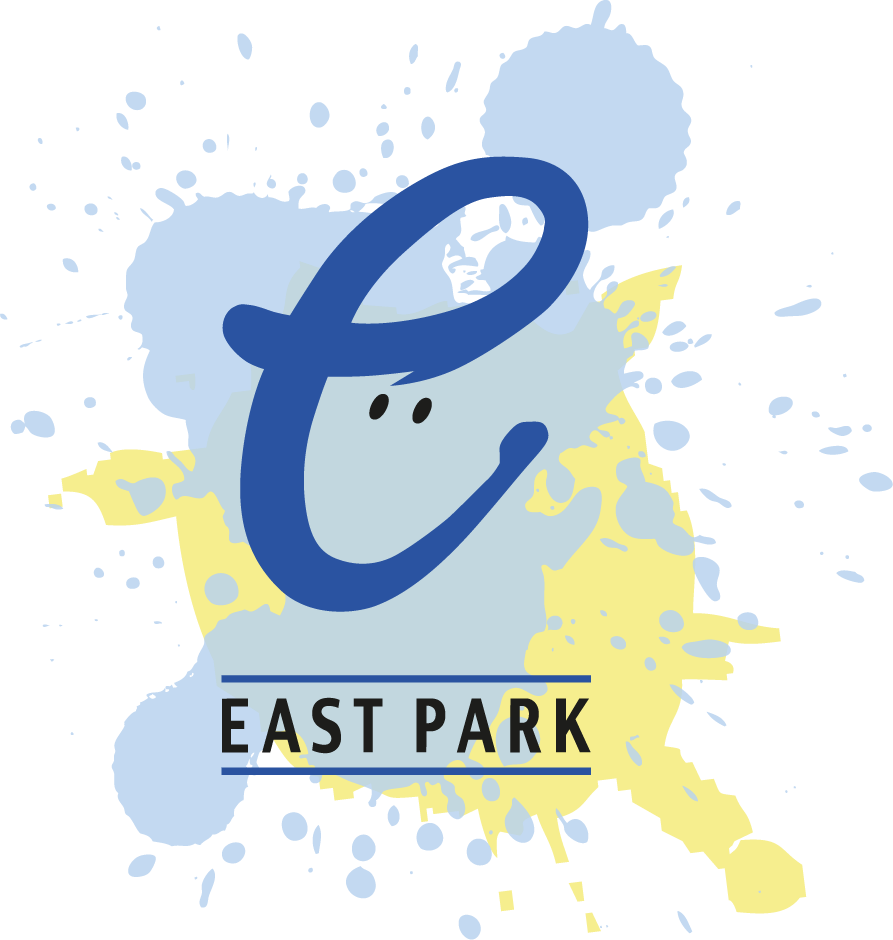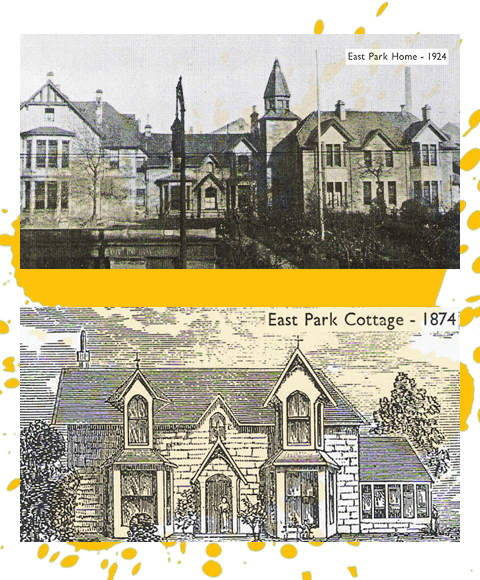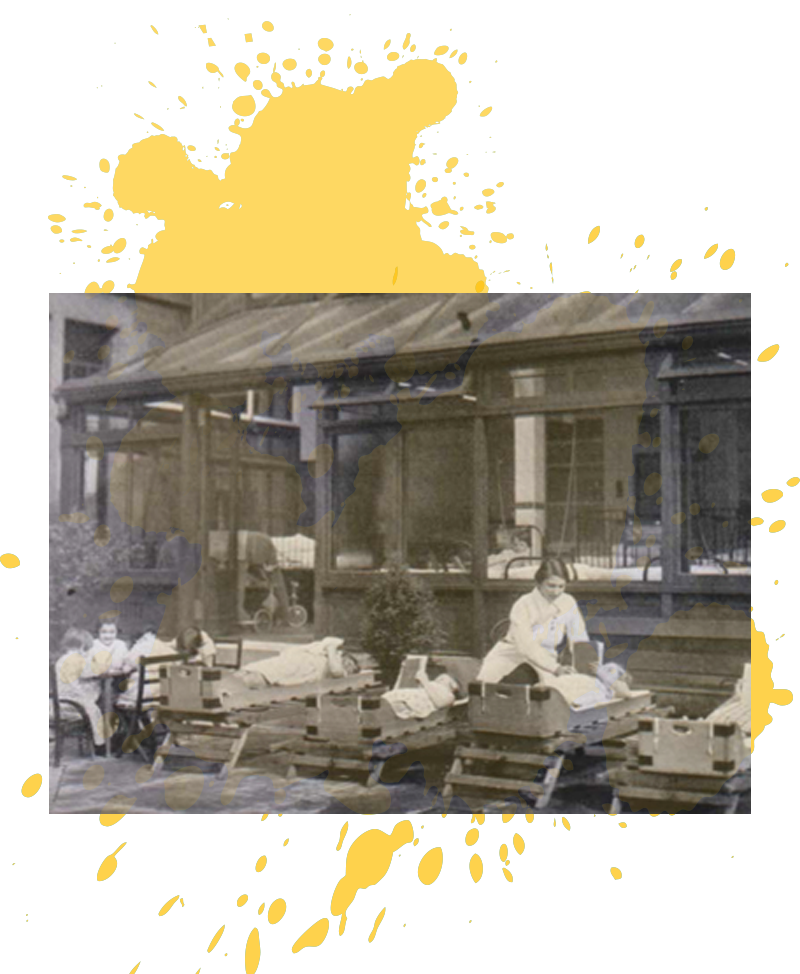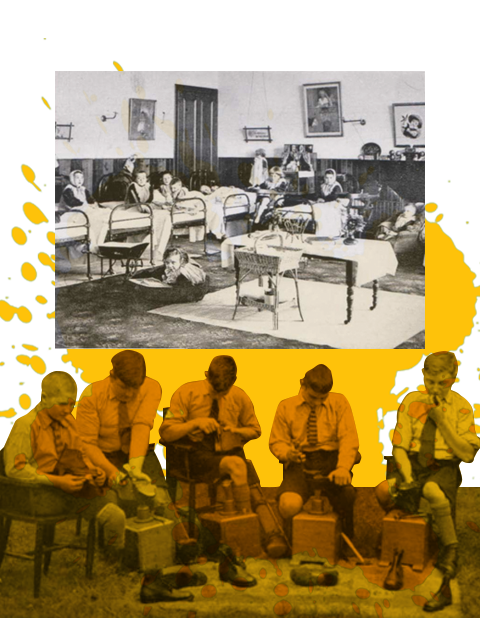A Little About East Park’s History
East Park first opened its doors on 16 September 1874 following the purchase and refurbishment of a cottage in Maryhill for the princely sum of £1,450. Part of the original cottage, which could accommodate up to 50 children, still stands today although it is unrecognisable with all the developments that have taken place over the years. The Education (Scotland) Act 1872 made it compulsory for children between the ages of 5 and 13 years to attend school although there was no public funding available until 1890. The schools were run by around 1,000 School Boards across Scotland.
It was in direct response to the 1872 Act that East Park, was founded by William Mitchell LLD who formed “The Association for Visiting and Aiding the Permanently Infirm and Imbecile Children”. Like-minded Ladies and Gentlemen visited families in and around Glasgow, the names of which were provided by the School Board of Inquiry. The purpose of the visits was to record the home circumstances and children’s conditions and identify those children who would benefit from residential nursing care and education, nourishment and fresh country air away from the smoky city, insanitary conditions and unfortunate family circumstances in which they lived.
In the early years, East Park was entirely financially dependent on charitable donations from organisations members of the public, annual subscriptions and from the endowment and maintenance of specially named cots. As a result of the development of the State, East Park first received an annual grant in 1913 from the then “Scottish Education Department” to assist with the annual running costs. State intervention as it was perceived then, was deprecated by many of East Park’s friends and subscribers, but over the years, and to this day, grant funding by the Scottish Government has enabled East Park to continue to provide essential education, care and support to some of Scotland’s most disadvantaged and excluded children and young people.
There are many similarities between East Park in the early years and 21st century East Park, the most obvious being that the education, care and well-being of children has always been our principal concern. Since inception, our location in the heart of Maryhill is also significant in that we have always been an integral part of the local community. To name a few, there remains a longstanding relationship with local Partick Thistle Football Club which dates back to 1912 and The Trades House of Glasgow which has supported East Park since 1892.
What is strikingly different however, is the nature of the children’s ailments. In 1874 children were admitted with paralysis, hip, spine and knee joint diseases with rickets being a widespread problem. Due to advances in medical knowledge, immunisation and a developed society, the majority if not all of these conditions have been eliminated. All the children who use our services today have complex learning disabilities coupled with health related problems and a diagnosis of autism.
East Park has gone from strength to strength. Much of our success has been our ability to recognise and respond to changing societal needs, evolving education and social care policy and legislation and develop our services to meet those needs.




